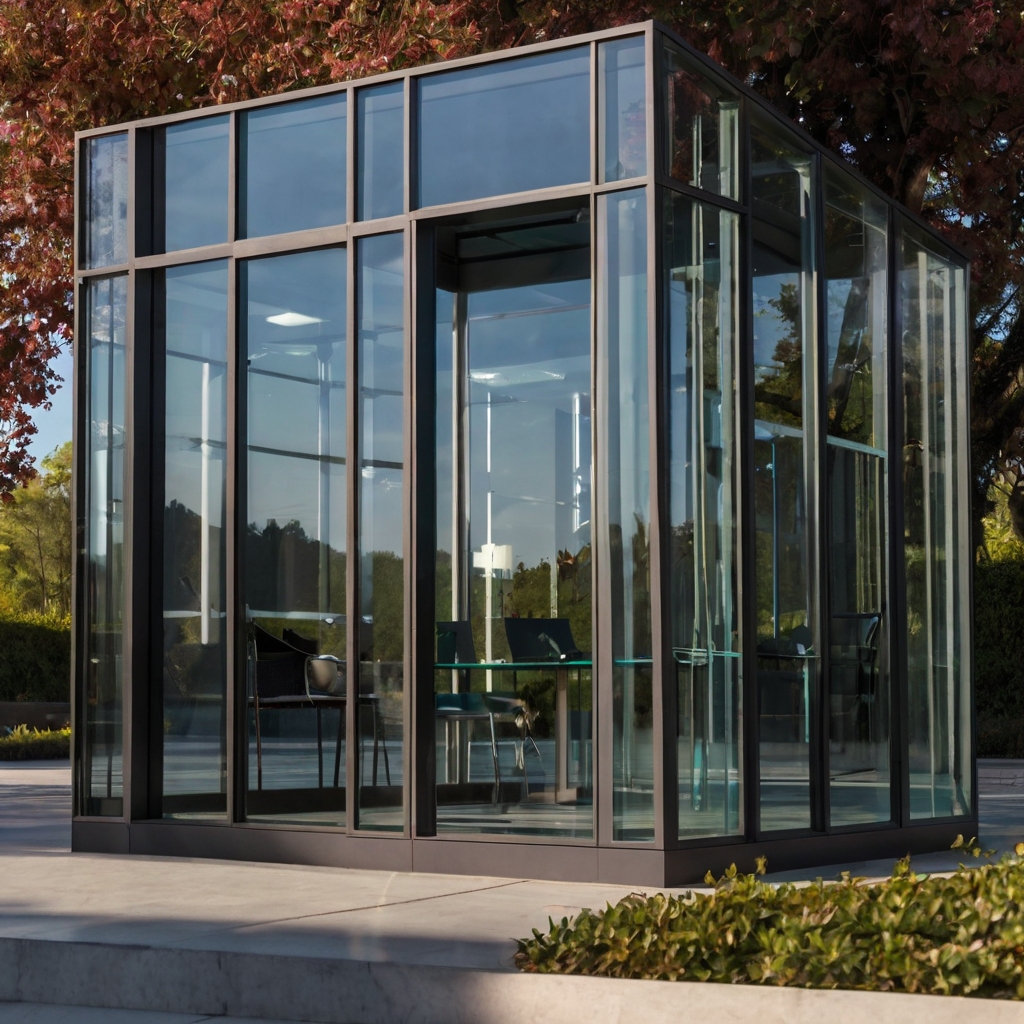As we move into 2024, the smart glass market stands at a pivotal point, characterized by rapid advancements and growing acceptance across various sectors. Smart glass technology, which includes products that can change properties in response to environmental stimuli, is increasingly being adopted in architecture, automotive, and consumer electronics. This analysis delves into the key trends, opportunities, and challenges facing the smart glass industry.
Current Market Landscape
The smart glass market is projected to experience substantial growth, with estimates indicating a compound annual growth rate (CAGR) exceeding 20% through the next several years. Factors driving this growth include heightened awareness of energy efficiency, increasing regulatory support for sustainable building materials, and a growing demand for innovative solutions in both residential and commercial spaces.
Architects and builders are increasingly integrating smart glass into their designs, recognizing its potential to enhance energy performance and improve occupant comfort. Electrochromic glass, which can change its opacity based on electrical input, is particularly in demand. This technology allows buildings to optimize natural light and manage heat gain, thereby reducing reliance on artificial lighting and HVAC systems.
Opportunities for Expansion
The expansion of the smart glass market offers significant opportunities for various stakeholders. For manufacturers, the ongoing development of advanced materials and coatings can lead to enhanced product durability and performance. Innovations in nanotechnology and thermochromic glass—glass that changes tint based on temperature—are set to revolutionize how smart glass is perceived and utilized.
Moreover, the automotive sector presents a promising avenue for growth. Automakers are increasingly integrating smart glass technologies to enhance vehicle aesthetics and functionality. Features such as dynamic windows that adjust tint for passenger comfort and privacy are becoming more commonplace, driving demand for smart glass solutions.
Consumer electronics also represent a burgeoning market for smart glass. With the rise of augmented reality (AR) and virtual reality (VR), demand for lightweight, adaptable smart glass is likely to grow. Manufacturers are exploring the potential for wearable devices and heads-up displays, which could further fuel market expansion.
Challenges Ahead
Despite the promising outlook, the smart glass market faces several challenges. One major hurdle is the high cost of smart glass technologies compared to traditional glass solutions. This price disparity can deter widespread adoption, especially among cost-sensitive consumers and smaller businesses.
Additionally, there is a need for greater awareness and education regarding the benefits of smart glass. Many potential users may not fully understand the long-term energy savings and performance enhancements that smart glass can offer, which could slow down market penetration.
For More Info: – https://www.gmiresearch.com/report/smart-glass-market/
Conclusion
In conclusion, the smart glass market in 2024 is poised for significant growth, driven by innovation and an increasing focus on sustainability. While opportunities abound in various sectors, addressing the challenges of cost and consumer education will be crucial for maximizing the market’s potential. As the industry continues to evolve, smart glass could redefine our environments, making them more energy-efficient and responsive to our needs.
